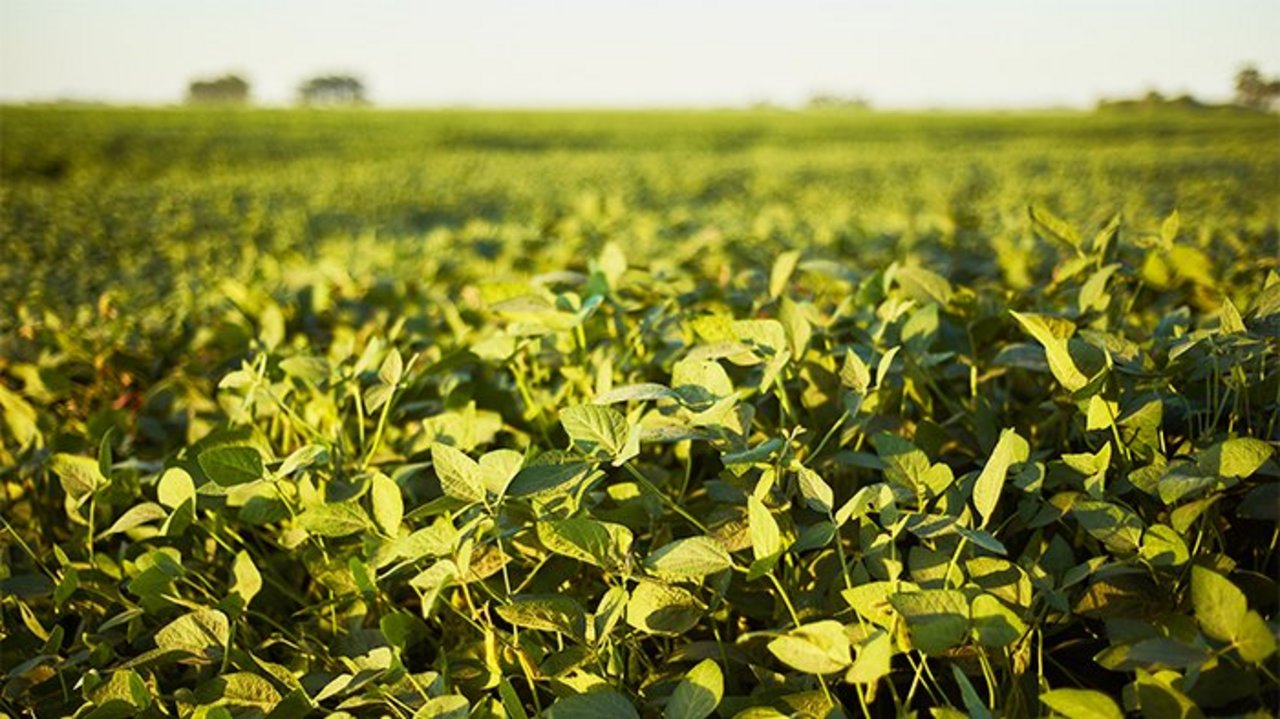Despite the low productivity number, with the sharp increase in area estimated in the June (30) report, the current production estimate is 378.7 million tons (2% or 9 million tons below the June USDA of 387.7 million tons tons).
According to the analyst for Grains and Oilseeds at hEDGEpoint Global, Pedro Schicchi, corn productivity should be defined throughout the month of July, however the drought registered in the American Midwest until now has certainly already reduced the productive potential of the crop, which which is seen by the low level of cultivation conditions released by the USDA.
“The weather has been improving in recent weeks with increased rainfall, particularly in the East Corn Belt. The report on crop conditions for the week (03/06) even showed an increase in the percentage of crops in good/excellent condition. Although at just 1% nationally, this is already a significant change from the steep cuts seen in previous weeks,” he said.
Still according to him, the short-term forecasts have been positive in terms of precipitation and, although high temperatures appear on the maps in the second half of July, which could be harmful, at first they will not reach the main producing regions. Still, it's something to monitor. “However, despite more positive prospects than we had a few weeks ago, we must remember that even with an improvement, the crop is now starting from a lower point,” he said.
US soybean crop 2023/24
According to the analyst, currently the conditions of soybean crops are reported at low levels, although not as much as those of corn in historical terms. Soy has a slightly different calendar than corn. She is generally seen as more weather resistant throughout her development, becoming more susceptible during her reproductive stages. For the US, they will take place in the month of August, ”he said.
“On the one hand, this gives the crop more time to recover from the current bad conditions, but on the other hand, it exposes it to further weather if it is not good. For the time being, longer-term weather forecasts indicate a combination of heat and drought for the coming month, which although not at extreme levels, is not a good combination. It's worth remembering that long-term models have varied quite a bit,” she said.
Given this scenario, hEDGEpoint Global Markets estimates soybean yields between 48.5 to 50.6 bushels per acre, averaging at 49.6 bushels per acre (June USDA = 52 bushes per acre). “Once again against the grain of the corn scenario, the soybean area turned out to be much smaller than expected in last week's report (30/June). For this reason, it is not necessary for productivity to drop a lot for production to become quite tight”, he said.
Assuming the midpoint of our yield range, hEDGEpoint Global Markets estimates production at 111.5 million tons (9% or 11 million tons below June USDA = 122.7 million tons).
The Grains & Oilseeds analyst at hEDGEpoint Global points out that in either case, these are not estimates for next week's USDA report (WASDE July).
“Although the area report numbers should already be considered in the July WASDE, it is rare for the agency to make changes in productivity already this month. In the last 10 years, only in 2012 did corn and soybean yields change from June to July. The most common thing is that they start to be updated from August onwards, with the start of field research. As much as 2023 has resembled 2012 in terms of conditions and drought until mid-June, the last few weeks and climate projections for July have been more optimistic this year than at this same time in 2012”, he indicated
